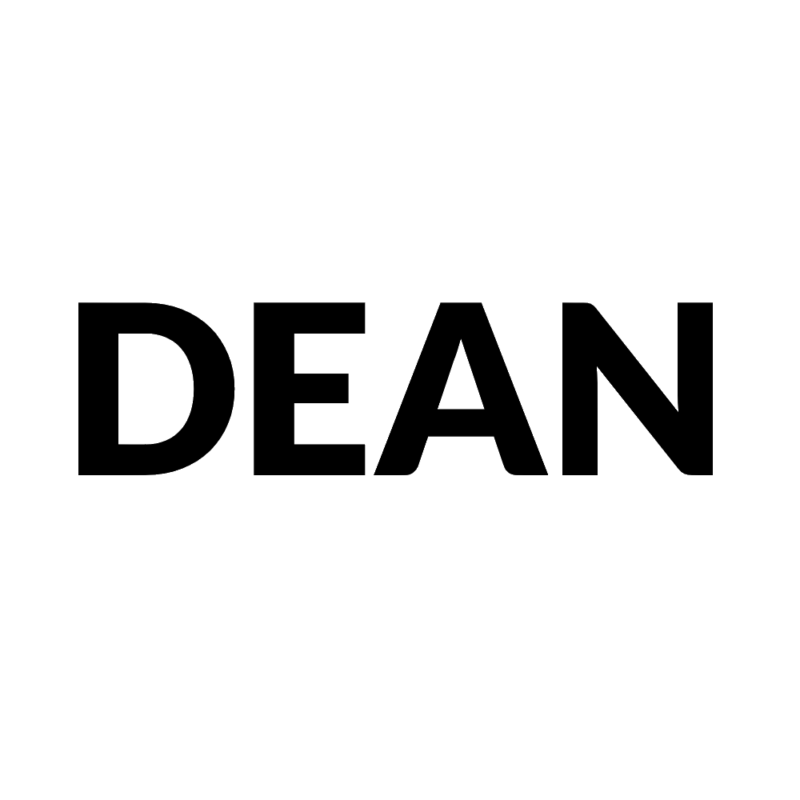The Power of Fashion Economics
Fashionomics encapsulates the economic principles that govern the fashion industry, encompassing production, distribution, consumption, and beyond. From haute couture runways to fast-fashion retailers, every aspect of the fashion ecosystem is intricately linked to economic forces.
Supply and Demand Dynamics
At the heart of Fashionomics lies the fundamental concept of supply and demand. Fashion trends, driven by consumer preferences, dictate the production and availability of clothing and accessories. Designers and retailers meticulously analyze market trends to anticipate consumer demand, ensuring that their offerings resonate with target audiences.
Globalization and Trade
The fashion industry thrives on globalization, with garments and materials traversing continents to reach consumers worldwide. International trade agreements, labor practices, and geopolitical factors significantly influence the cost and availability of fashion goods. Understanding the global supply chain is essential for businesses to navigate the complexities of sourcing and distribution.
Fashion as an Economic Indicator
Fashion serves as a barometer of economic health, reflecting societal attitudes, consumer confidence, and purchasing power. During economic downturns, consumers may opt for more affordable clothing options, leading to a surge in fast-fashion sales. Conversely, periods of prosperity often witness increased spending on luxury and designer brands, signaling optimism and disposable income.
The Role of Consumer Behavior
Consumer behavior plays a pivotal role in shaping fashion trends and market dynamics. Social media, celebrity endorsements, and influencer culture exert significant influence on consumer preferences, driving demand for specific styles and brands. Understanding consumer psychology is key for businesses seeking to capitalize on emerging trends and maintain relevance in a rapidly evolving market.
Sustainable Fashion Movement
In recent years, the fashion industry has witnessed a paradigm shift towards sustainability and ethical practices. Consumers are increasingly mindful of the environmental and social impact of their purchasing decisions, driving demand for eco-friendly and responsibly sourced products. The rise of sustainable fashion reflects changing consumer values and underscores the importance of corporate social responsibility within the industry.
The Business of Fashion
Behind the glitz and glamour of the runway lies a complex network of businesses, from design houses and manufacturers to retailers and e-commerce platforms. Fashion entrepreneurship requires a keen understanding of market trends, consumer preferences, and operational efficiency to thrive in a competitive landscape.
Innovation and Technology
Technology continues to revolutionize the fashion industry, from digital design tools and virtual fitting rooms to blockchain-based supply chain solutions. Innovations in materials science and manufacturing processes enable greater creativity and sustainability in fashion production, driving industry-wide transformation and reinvention.
E-commerce and Digital Marketing
The rise of e-commerce has democratized access to fashion, allowing brands to reach global audiences with unprecedented ease. Digital marketing strategies, including social media advertising and influencer collaborations, play a central role in brand promotion and customer engagement. Harnessing the power of data analytics enables businesses to personalize the shopping experience and optimize marketing campaigns for maximum impact.
Unveiling the Economics of Style
Fashionomics represents the intersection of fashion and economics, illustrating the profound influence of style on society, culture, and commerce. By decoding the economics of style, we gain insight into the forces driving the fashion industry and its enduring impact on our world. As fashion continues to evolve, understanding its economic dynamics remains essential for industry professionals, consumers, and enthusiasts alike.





